The elections in Ireland are only the beginning of an uphill battle
Ralitsa Kovacheva, February 13, 2011
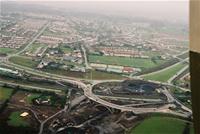 The Irish will vote for Parliament on February 25, which is in only a few days. The short campaign is just the finale of a difficult sprint, which has begun last fall and is expected to end with the elections, but only to set the start of a marathon toward financial and political stabilisation.
The Irish will vote for Parliament on February 25, which is in only a few days. The short campaign is just the finale of a difficult sprint, which has begun last fall and is expected to end with the elections, but only to set the start of a marathon toward financial and political stabilisation.
How it all began?
With the crisis, just like the other tremors in the euro area have begun. Ireland, which made a strong impression with its economic performance 10 years ago, became a victim of the property bubble burst, which swept the local banks away. The need for pouring money into the banking system forced the country to request a loan from the EU and the IMF, after the market interest rates began to seem prohibitive. And the pressure spilled over to other countries in the euro area, like Portugal and Spain. However, the rescue agreement did not provide the expected results. Financial markets remained skeptical regarding the financial stability of Ireland, though not as much, as the Greek one. Recently the Standard & Poor's rating agency has downgraded Ireland’s credit rating from A to A- with a negative outlook.
In political terms, the rescue loan was a total fiasco for the government. In November the junior coalition partner in the government – the Green party, announced it would leave the coalition. The Greens fulfilled their threat two months later, just as parliament was to begin discussions on the financial law, the adoption of which was a condition for the loan from the EU and the IMF. In return for the 85 billion euro of financial assistance, Ireland has committed itself to apply 10 billion euro worth budgetary cuts within a period of 4 years (see the budgetary strategy here), along with 5 billion euro revenue increases. 40% of the total cuts (6 billion euro) have to be made this year only.
The law has been passed after a deal between the ruling party and the opposition - the opposition had vowed to support the law if the prime minister agreed on holding the elections earlier than the previously announced - March 11. Thus, the elections were scheduled for February 25.
The forecasts
So far, a favourite in the electoral preferences is the center-right Fine Gael, followed by the Labour party. If Fine Gale succeeded in winning a majority in the lower house of parliament, this would be its first time in more than 80 years. The aim of the Labour party is to become a second parliamentary power and a coalition partner in the future government, which will also be a precedent in the 90-year-long history of the party. Sinn Fein also stands chances for a good performance, as it is ahead of the ruling party Fianna Fail in the polls. Fianna Fail, which has been in power for 14 years, embraced all the negatives from the serious consequences of the crisis, such as banking problems, drastic budget cuts and the rescue loan.
Shortly before the election, Prime Minister Brian Cowen gave up the party 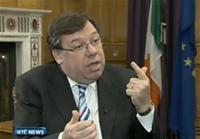 leadership and had been succeeded by Micheal Martin - formerly foreign minister in Cowen’s government. An uphill battle is also expected for the Greens, until recently Fianna Fail's coalition partner, who left the ruling coalition too late to win serious dividends from this move. New and smaller players will stand in the elections, like the United Left Alliance, formed in November last year.
leadership and had been succeeded by Micheal Martin - formerly foreign minister in Cowen’s government. An uphill battle is also expected for the Greens, until recently Fianna Fail's coalition partner, who left the ruling coalition too late to win serious dividends from this move. New and smaller players will stand in the elections, like the United Left Alliance, formed in November last year.
Renegotiation of the loan?
Perhaps the most serious election trump card of Fine Gael and the Labour is the promise, if they won the elections, to renegotiate the terms of the rescue loan from the EU and the IMF. In particular, the part that amounts to 17.7 billion euro of the total loan, which comes from the rescue fund for the euro area (EFSF) at an interest rate of around 6%. According to both parties and also according to many analysts, the interest rate is too high and must be renegotiated. So far, EU officials refrain from commenting on such a possibility. According to Olli Rehn, European Commissioner for Economic and Monetary Affairs, the interest rate is the same as for the Greek loan, and was thoroughly discussed by all parties involved in negotiating the financial assistance.
The issue of the Irish interest rate is part of the wider discussions about increasing the lending capacity and widening the scope of activities of the current, temporary rescue fund, along with the design of the future, permanent fund - called European Stability Mechanism. After the last European Council it is clear that the eurozone countries will hold a separate summit in early March, when, perhaps, there will be more clarity on these issues. It is worth mentioning that the concrete date of the meeting will be determined, depending on the outcome of the Irish elections and on how soon the new government will be formed, to enable it to participate fully in the forum.
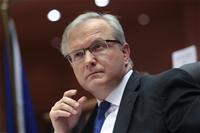 Currently an EU–IMF mission visited Dublin to assess the implementation of the rescue programme and it is expected EU Commissioner Olli Rehn to make the first public evaluation of its performance. The main focus of the review is the implementation of the plan for restructuring of the banking system.
Currently an EU–IMF mission visited Dublin to assess the implementation of the rescue programme and it is expected EU Commissioner Olli Rehn to make the first public evaluation of its performance. The main focus of the review is the implementation of the plan for restructuring of the banking system.
The biggest problem, which Ireland is facing, remains slow economic growth. The Irish Central Bank decreased its forecast for 2011 and instead of a 2.4 percent growth, as announced in October, it predicted only 1%. How to combine the tough budgetary constraints with the promotion of growth – this will be the key challenge for the future governance of the country.
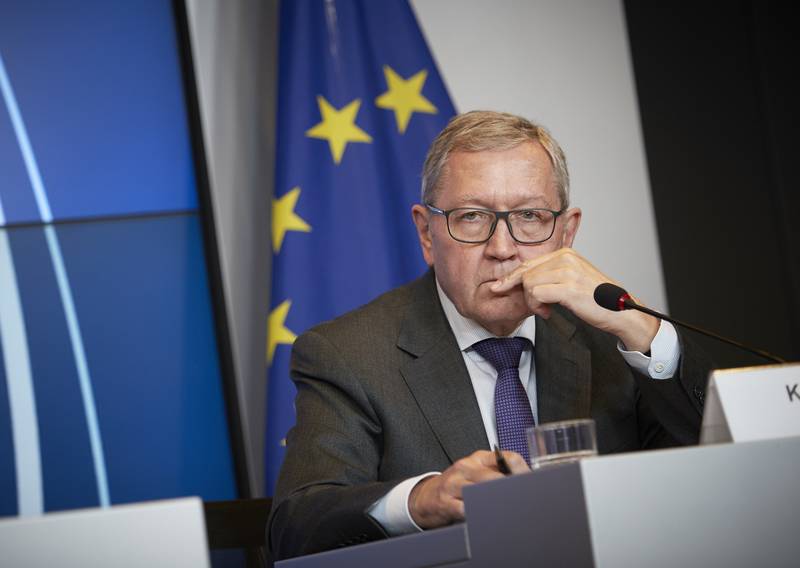 Klaus Regling | © Council of the EU
Klaus Regling | © Council of the EU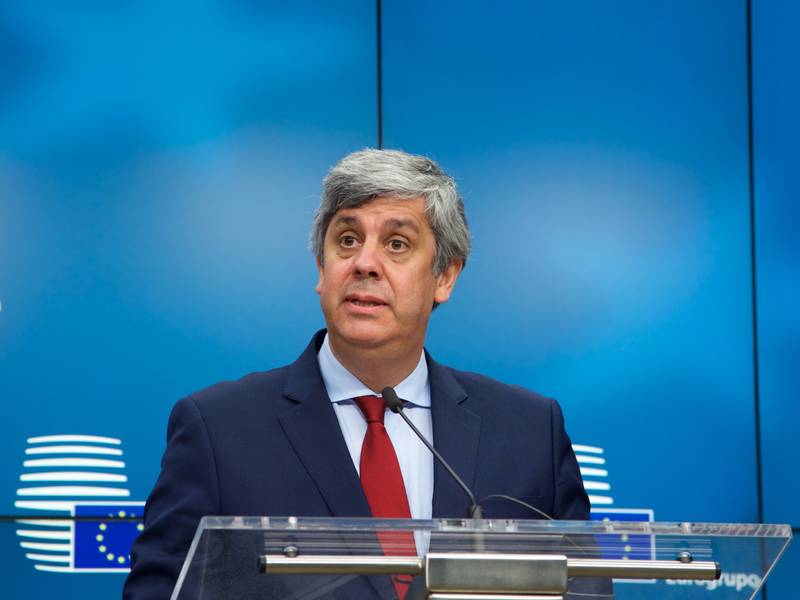 Mario Centeno | © Council of the EU
Mario Centeno | © Council of the EU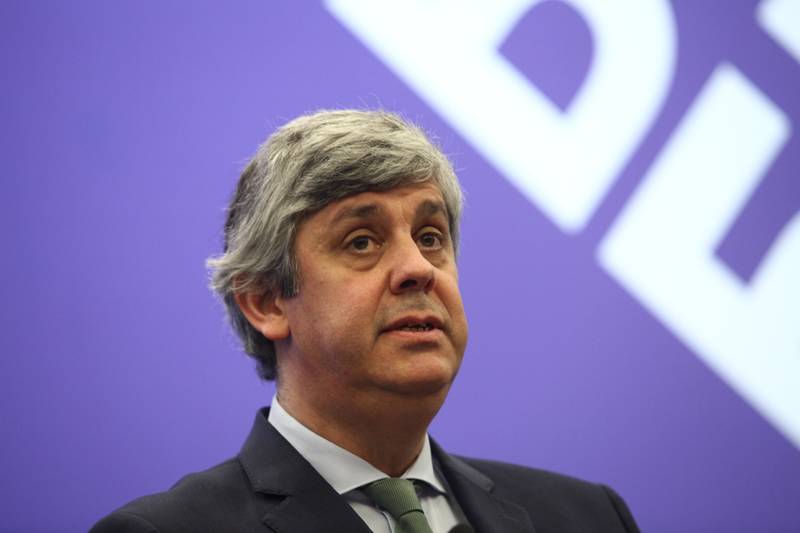 Mario Centeno | © Council of the EU
Mario Centeno | © Council of the EU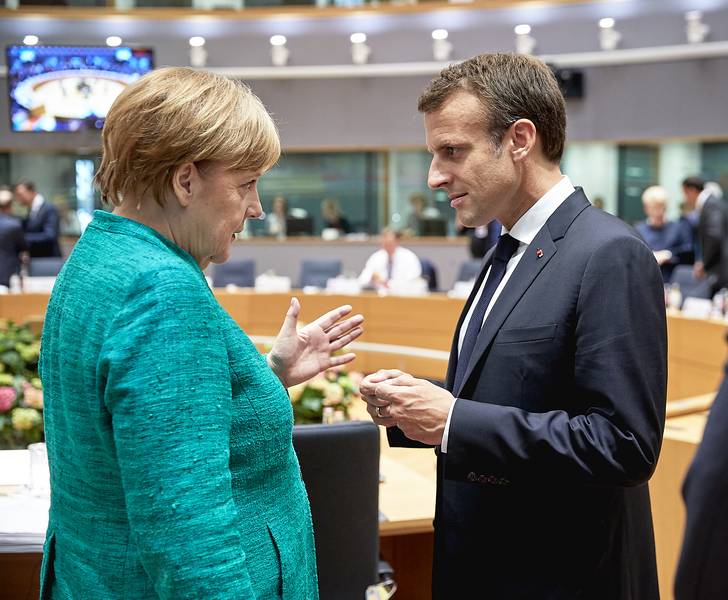 Angela Merkel, Emmanuel Macron | © Council of the EU
Angela Merkel, Emmanuel Macron | © Council of the EU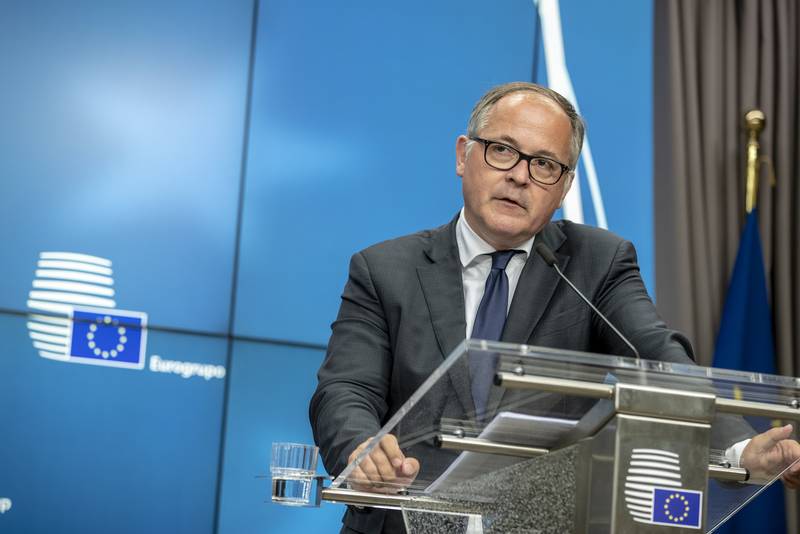 Benoit Coeure | © Council of the EU
Benoit Coeure | © Council of the EU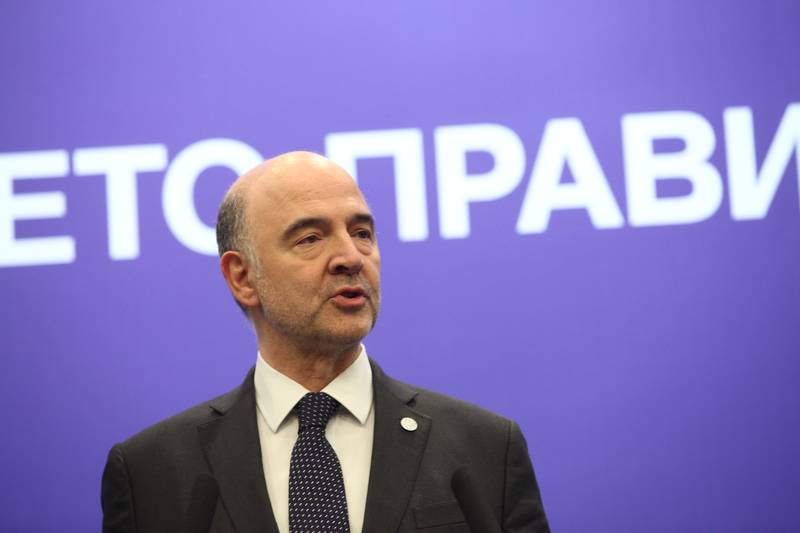 Pierre Moscovici | © Council of the EU
Pierre Moscovici | © Council of the EU